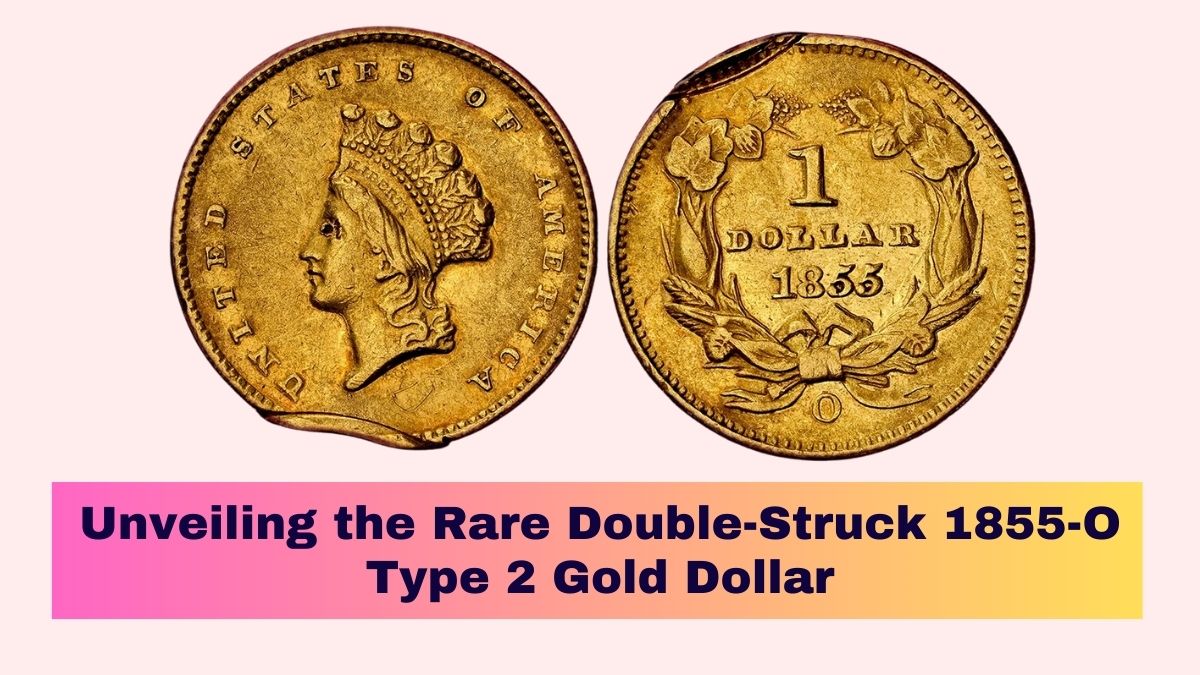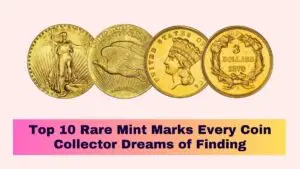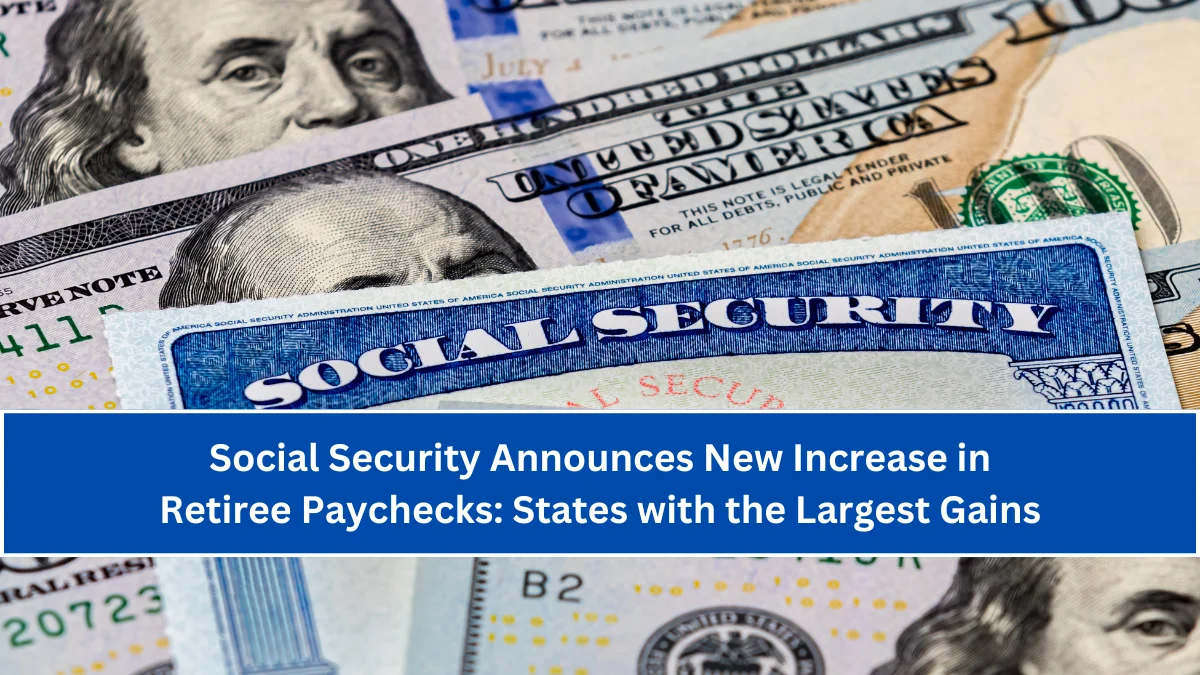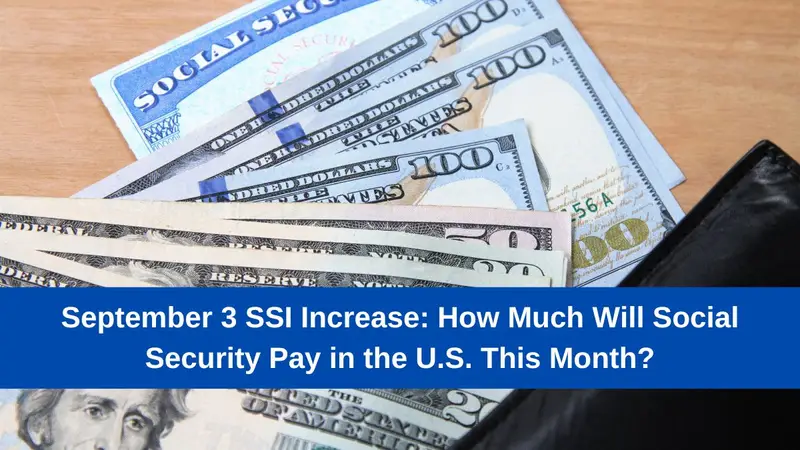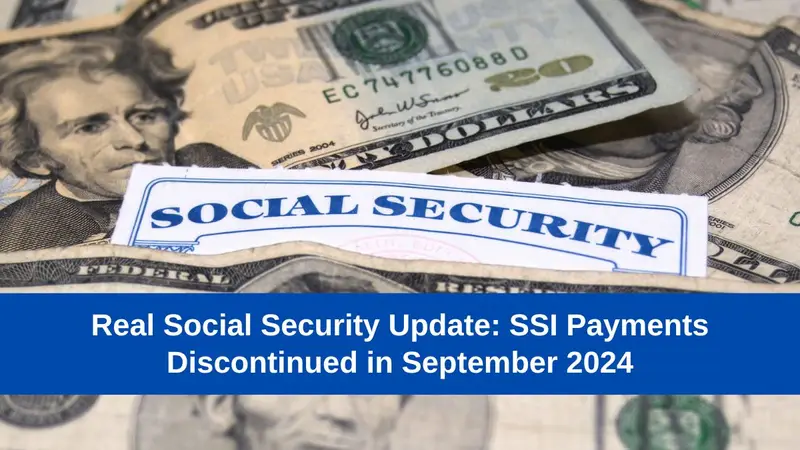The world of coin collecting offers endless fascination, with rare mint errors being among the most sought-after treasures. One of the most intriguing discoveries is the unique double-struck 1855-O Type 2 Gold Dollar, a coin of immense historical and numismatic value.
Authenticated by the Numismatic Guaranty Corporation (NGC) as AU Details, this coin is the only known U.S. gold coin, from 1795 to 1933, that features a double-strike with the second strike 95% off-center.
This article explores every detail of this one-of-a-kind coin, its rarity, historical background, and value in the collectors’ market.
A Rare Numismatic Gem: The 1855-O Type 2 Gold Dollar
The 1855-O Type 2 Gold Dollar is a coin minted at the New Orleans Mint, with a mintage of just 55,000, making it rarer than its Philadelphia counterparts. However, what makes this coin truly exceptional is its minting error—a double strike with the second strike almost completely off-center.
This coin is the only known double-struck U.S. gold coin with this specific error from the early days of the U.S. Mint. Certified by NGC as AU Details due to some marks on the obverse, its uniqueness and historical significance make it an invaluable piece for collectors of mint errors and U.S. gold coins.
Double-Struck Error Explained
What Is a Double-Struck Coin?
A double-struck coin is one that has been struck twice by the minting press. In the case of the 1855-O Type 2 Gold Dollar, the first strike was normal, but the second strike occurred with the coin misaligned, resulting in an off-center strike. Such errors are extremely rare, particularly on U.S. gold coins, which makes this coin highly sought after in the numismatic community.
Comparison of Key U.S. Gold Mint Errors
| Year | Coin Type | Error Type | Mint | Grading | Value ($) |
|---|---|---|---|---|---|
| 1855-O | Type 2 Gold Dollar | Double-Struck, 95% Off-Center | New Orleans | AU Details | Priceless |
| 1804 | $2 1/2 Draped Bust | Double-Struck, First Strike Off-Center | Philadelphia | Fine 15 | 25,000 |
| 1806 | $5 Capped Bust | Triple-Struck, Rotated in Collar | Philadelphia | AU50 | 50,000 |
| 1865 | $1 Indian Gold Proof | Triple-Struck Reverse | Philadelphia | PR64 Cameo | 20,000 |
The New Orleans Mint: A Historical Perspective
The New Orleans Mint, established in 1835, has a storied history and is renowned for producing some of the rarest U.S. coins. It minted the 1855-O Type 2 Gold Dollar, a series that only had 55,000 coins minted. The low mintage makes these coins valuable, but the mint error in question elevates this particular specimen to legendary status.
The New Orleans Mint was operational from 1838 until 1861, when it was closed due to the Civil War. It resumed operations in 1879 and continued until 1909, producing some of the most historically significant coins in U.S. history.
Value and Rarity of the 1855-O Type 2 Gold Dollar
As one of only three major mint errors known in this gold coin series, the 1855-O Type 2 Gold Dollar is an exceptional rarity. Coins with double-strike errors, particularly those from the New Orleans Mint, are almost nonexistent. The combination of its historical significance, minting error, and low mintage makes it a priceless artifact in the eyes of collectors.
In addition to this, the unique double-struck feature with a second strike 95% off-center has never been observed on any other U.S. gold coin. This makes the coin not just rare but also a historically significant minting anomaly.
Other Notable Double-Struck U.S. Gold Coins
The 1855-O Type 2 Gold Dollar is not the only U.S. gold coin to feature a double-strike error. Several other double- or triple-struck gold coins have appeared over the years, including:
- 1804 $2 1/2 Draped Bust: Double-struck, with the first strike 25% off-center. It was repositioned and struck again with a 15-degree rotation, selling for $25,000.
- 1806 $5 Capped Bust: Triple-struck, rotated 90 degrees in the collar, selling for $50,000.
- 1865 $1 Indian Gold Proof: Triple-struck reverse, selling for $20,000.
While these coins are rare and valuable, none match the uniqueness of the 1855-O Type 2 Gold Dollar with its off-center double strike.
Conclusion
The 1855-O Type 2 Gold Dollar stands as a testament to the fascinating world of numismatic errors. Its unique double-strike error, rarity, and historical value make it one of the most extraordinary coins in U.S. minting history.
Whether you’re a seasoned collector or new to the hobby, this coin offers a glimpse into the artistry and occasional imperfections of early U.S. coin production. Owning such a piece would be a crowning achievement for any collector.
FAQs
What makes the 1855-O Type 2 Gold Dollar unique?
The 1855-O Type 2 Gold Dollar is the only known U.S. gold coin with a double-strike error where the second strike is 95% off-center.
Why is the New Orleans Mint significant?
The New Orleans Mint produced some of the rarest U.S. coins, including the 1855-O Type 2 Gold Dollar. Its history of operation and low mintage coins make its products highly valuable.
How much is the 1855-O Type 2 Gold Dollar worth?
Due to its extreme rarity and unique error, the value is considered priceless to collectors.
Are there other double-struck gold coins?
Yes, other double-struck gold coins include the 1804 $2 1/2 Draped Bust and the 1806 $5 Capped Bust, but none have the off-center strike seen on the 1855-O Type 2 Gold Dollar.
Where can collectors find mint error coins?
Mint error coins can often be found at auctions, through specialized dealers, or by consulting numismatic experts like Mike Byers.
References
- NGC Coin Grading. NGCcoin.com
- U.S. Mint History, USMint.gov
- Coin World: Collectors’ Clearinghouse Archives
- Heritage Auctions
